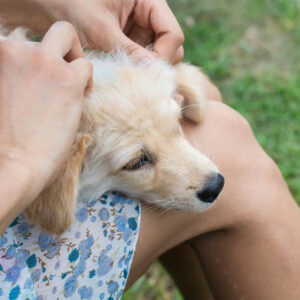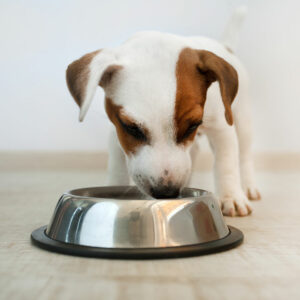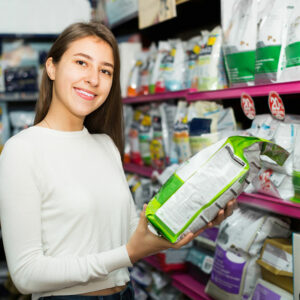
01
5 foods that cause food allergies in cats and dogs
Dogs and cats can be easily allergic to a range of foods that go undiscovered until they show the symptoms. Sometimes, the causative agent for such allergies remain undetected and thereby the owner has to put the fur-babies on food allergy tests so that they are able to avoid such foods in the long run. Where this is one of the wisest methods to discover what our dogs and cats are allergic to, it is possible to avoid them directly. By knowing the top food allergies in dogs and cats, we can directly prevent the most common causative agents from causing any unnecessary pain to them. What are the symptoms of food allergies in dogs and cats? The top food allergies in dogs and cats seem to have almost similar symptoms, which makes it easy to recognize and understand. They are Redness or patchiness Itchy skin, paws, ears Excessive sneezing Rashes Bad odor Skin texture to leathery Redness of eyes Visible infection in ears Excessive fur loss Scaly skin or exaggerated oiliness Eye discharge Visible fungal or bacterial infection Vomiting Symptoms of diarrhea These are just common symptoms and might vary from breed to breed. The top foods that cause allergies in dogs and cats The foods mentioned herein are known to cause allergic reactions in cats and dogs, so be wary of what you feed them and help them live a healthy life. Eggs Most dogs are known to show allergic reactions to eggs. Eggs are known to cause one of the top food allergies in dogs and cats because of the protein present in them. Owners of specific breeds are known to directly avoid eggs and are advised to read packaged treats for no egg content in them. Wheat More common than often, wheat causes one of the top food allergies in dogs and cats.
Read More 










